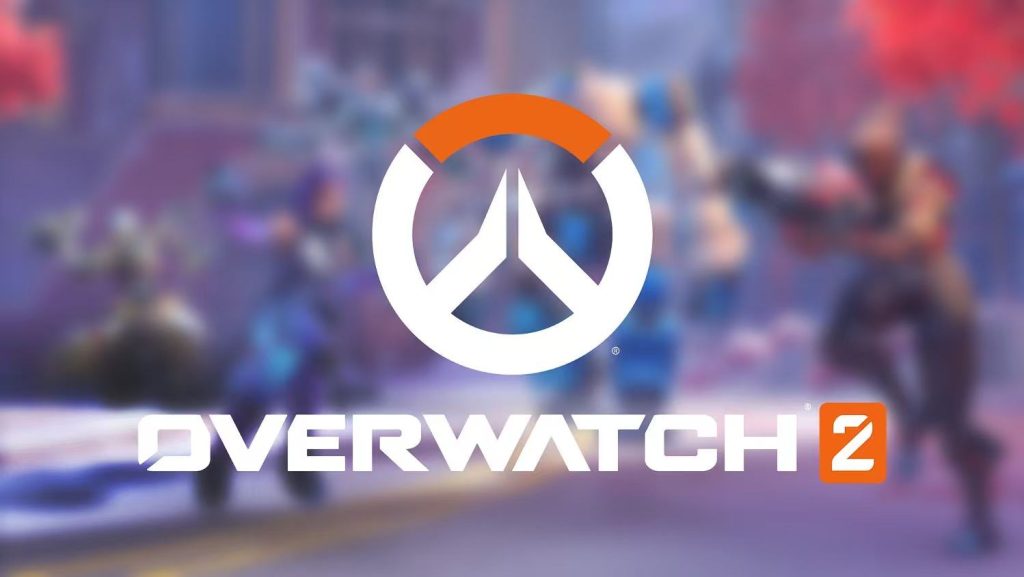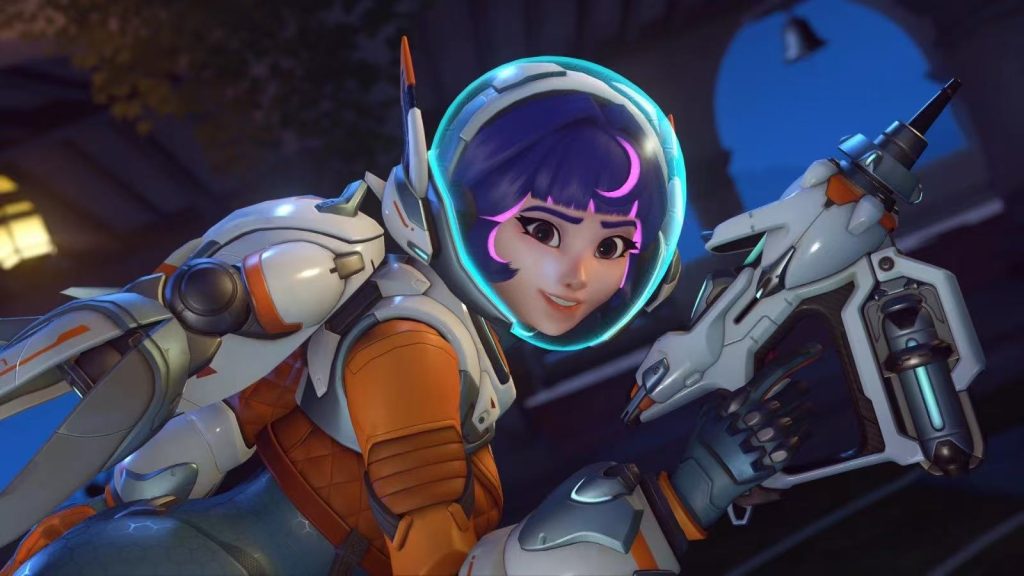“Overwatch” is a highly strategic team-based first-person shooter that demands coordination, communication, and a deep understanding of its diverse heroes and maps. Here’s a comprehensive strategy guide to help you dominate the battlefield.
1. Hero Selection and Team Composition
The first step to victory is choosing the right heroes. A balanced team should typically consist of tanks, damage dealers, and support heroes. Tanks like Reinhardt or Winston are essential for soaking up damage and creating space for your team. They can initiate pushes and protect their teammates from enemy fire. Damage dealers such as McCree or Widowmaker are responsible for dealing high amounts of direct damage. They need to find good positions to take out key enemies. Support heroes like Mercy or Ana are the backbone of the team. They keep everyone alive with healing and provide crucial buffs or debuffs. For example, a team might choose Reinhardt, McCree, Widowmaker, Mercy, and Ana for a well-rounded setup. Adapt your team composition based on the map and the enemy team’s choices.

2. Map Awareness and Positioning
Knowing the map inside out is crucial. Each map has its own choke points, high ground areas, and flanking routes. As a tank, you want to hold chokepoints and force the enemy to engage on your terms. Damage dealers should seek out positions that give them good lines of sight to pick off enemies, like the rooftops on King’s Row. Support heroes need to stay close to their team but also find cover to avoid being targeted. For instance, on Ilios, the circular layout allows for constant movement and flanking. Use the terrain to your advantage, and always be aware of where the enemy could be coming from.
3. Communication and Coordination
This is the heart of “Overwatch” gameplay. Use the in-game voice chat to call out enemy positions, ultimate ability charges, and coordinate team movements. If your Reinhardt is about to use his Earthshatter ultimate, your team needs to be ready to follow up with their own abilities. If you’re a support hero and you see an ally in trouble, communicate that you’re coming to heal them. Coordinate pushes and defenses, and don’t be afraid to switch heroes mid-match if your team is struggling against a particular enemy composition.
4. Ultimate Ability Management
Ultimate abilities can turn the tide of battle, but using them at the right time is key. Don’t waste them. For example, Genji’s Dragonblade should be saved for when you can catch multiple enemies off guard or when your team is in a tight spot. Zarya’s Graviton Surge is most effective when combined with other area-of-effect ultimates like Pharah’s Barrage. Keep track of your ultimate charge and communicate with your team when it’s ready to be used.
5. Adaptability and Practice
The meta in “Overwatch” is constantly evolving. Be prepared to adapt your strategies and hero picks. If the enemy team is constantly picking flying heroes, you might need to choose heroes with anti-air capabilities. Practice makes perfect. Spend time mastering the abilities of different heroes, improving your aim, and getting a feel for the maps. Watch professional matches to learn new techniques and strategies.

By implementing these strategies and constantly working on your team coordination and individual skills, you’ll be well on your way to achieving victory in “Overwatch” and enjoying the intense, action-packed battles the game has to offer.